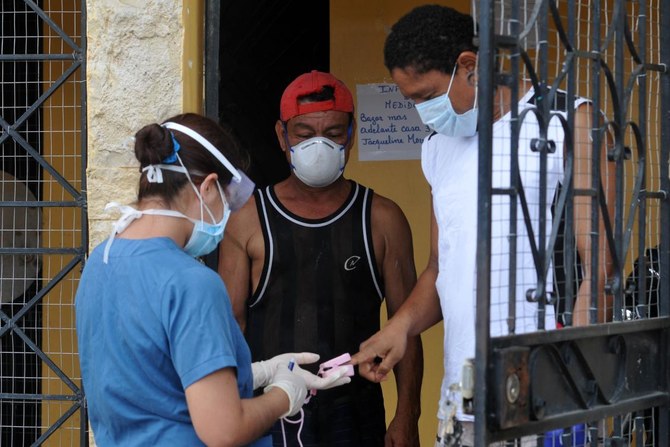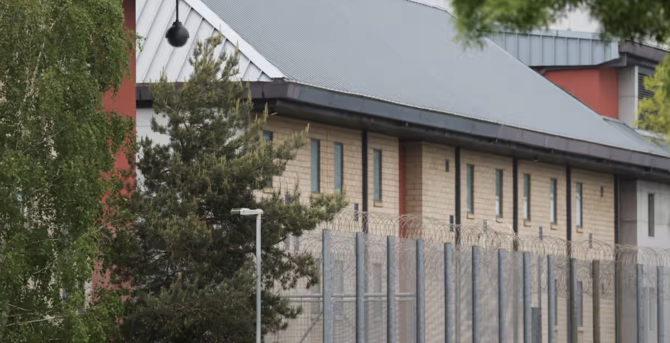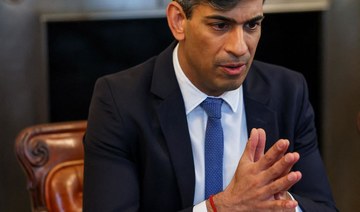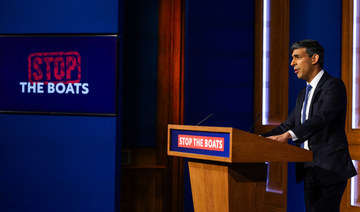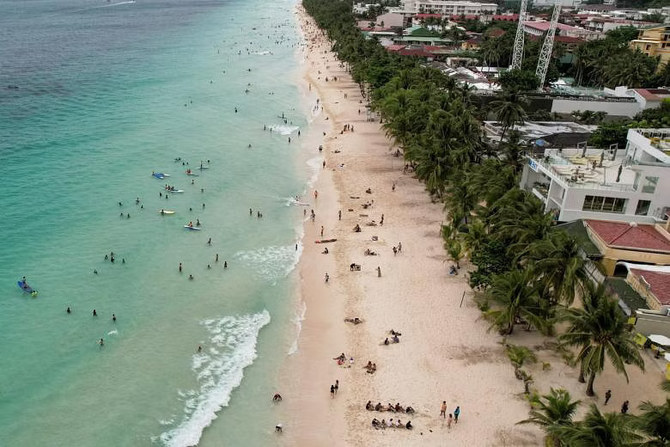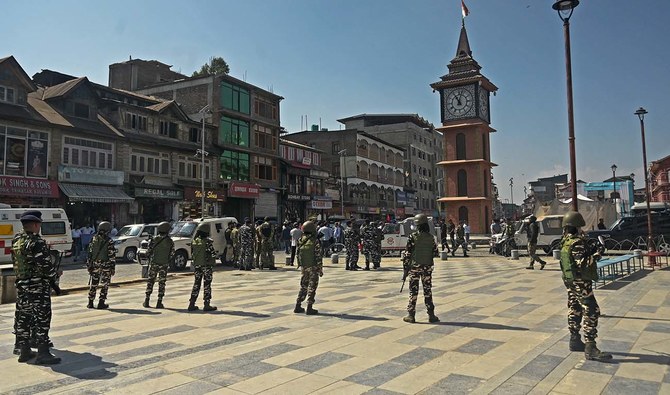GUAYAQUIL: Ecuador’s economic capital Guayaquil is reeling from the most aggressive outbreak of COVID-19 in Latin America after the pandemic hit the city “like a bomb,” its mayor said.
Cynthia Viteri has emerged from her own bout with the virus to battle the worst crisis the port city of nearly 3 million people has known in modern times.
“There is no space for either the living or the dead. That’s how severe the pandemic is in Guayaquil,” Viteri told AFP in a phone interview Monday.
Mortuaries, funeral homes and hospital services are overwhelmed, and Viteri said the actual death toll from the virus is likely much higher than the official national figure of 369.
Guayaquil accounts for more than 70 percent of Ecuador’s 7,600 infections since February 29.
The 54-year-old mayor admitted the city was “unprepared” for the onslaught: “Nobody believed that what we saw in Wuhan, people falling dead in the streets, would ever happen here.”
Now authorities are forecasting a death toll of more than 3,500 in the city and its hinterland in the coming months.
Guayaquil proved especially vulnerable to the virus because of its air links to Europe, Viteri said.
The first case of infection — Ecuador’s “patient zero” — was of an elderly Ecuadoran woman who arrived from Spain.
“This is where the bomb exploded, this is where patient zero arrived, and since it was vacation time, people traveled abroad, some to Europe or the United States, and our people who lived in Europe came here,” Viteri said.
“And when they arrived there were no controls like they should have been if we had known that this was already coming by air. And the city of Guayaquil simply convulsed. “
Too late, the city went into lockdown as authorities imposed a 15-hour curfew and bodies began to accumulate in homes, and even on the streets.
“The health system was obviously overwhelmed, the morgues overflowed, the funeral homes overflowed.”
Guayaquil’s authorities “are not the villains of the world,” Viteri insisted.
“We are the victims of a virus that came by air” that she said echoed the yellow fever that devastated the city when it came over the sea from Panama in 1842.
“A bomb exploded here. Other places received only the shock waves. But the crater remained here in Guayaquil.”
Viteri said the number of coronavirus deaths in the city is likely far higher than the official figure “for a single reason — because there are no tests to determine how many people are actually infected in the city and in the country.”
She continued: “Patients are dying without ever having had a test. And there is no space, time or resources to be able to carry out subsequent examinations and to know whether or not they died from the coronavirus.
“In the month of March alone, there were 1,500 more deaths than in the month of March last year.
“The true number will be known once this tragedy, this nightmare, ends.”
People are continuing to “collapse in their houses, in the hospitals, all over the place,” she said, because the normal medical services are overwhelmed.
“There are still women who need to give birth, people are still being run over, people still have diabetes and hypertension.”
She said just last month alone “100 people” had died because they were unable to get dialysis treatment.
“Why? Because there is no space. Because we are stretched to breaking point, our doctors have fallen sick too.”
Around 50 people from her own municipal staff had died, she said.
Viteri said her task now was to bring all the city’s financial resources to bear on buying test kits, with $12 million already earmarked, to be able to detect, isolate and monitor positive cases.
“For me there is no other way,” she said.
“We have to look after the living, and provide a decent burial for the dead. We are living in a war.
Responding to a spate of nightmarish media stories about bodies accumulating in hospitals, homes and streets, the city was making two new cemeteries available to bury the dead and relieve pressure on city morgues.
“The bodies are being collected daily,” Viteri said.
“But this is very hard because it means there is mourning every day in Guayaquil.”



